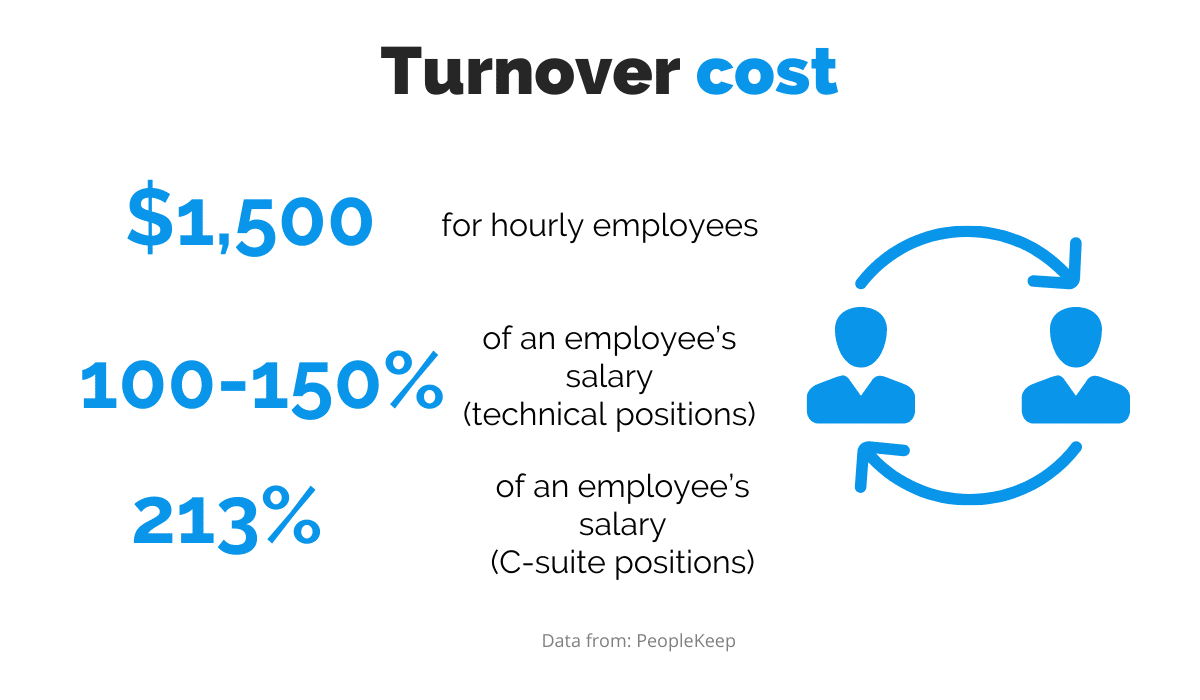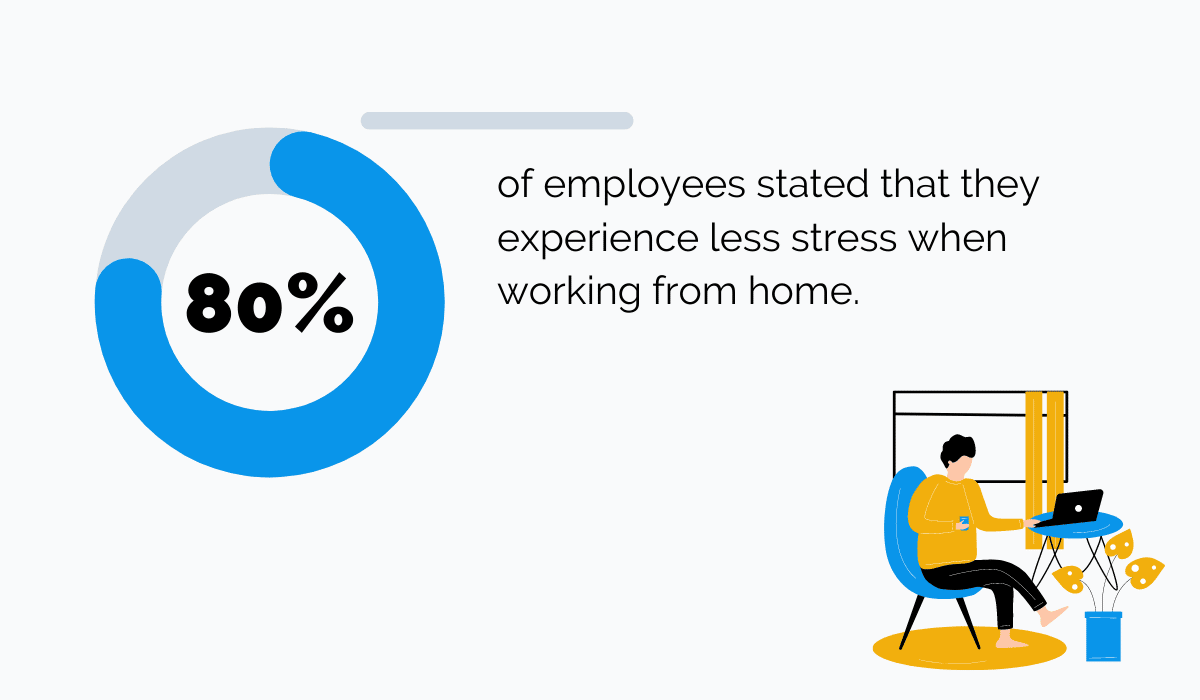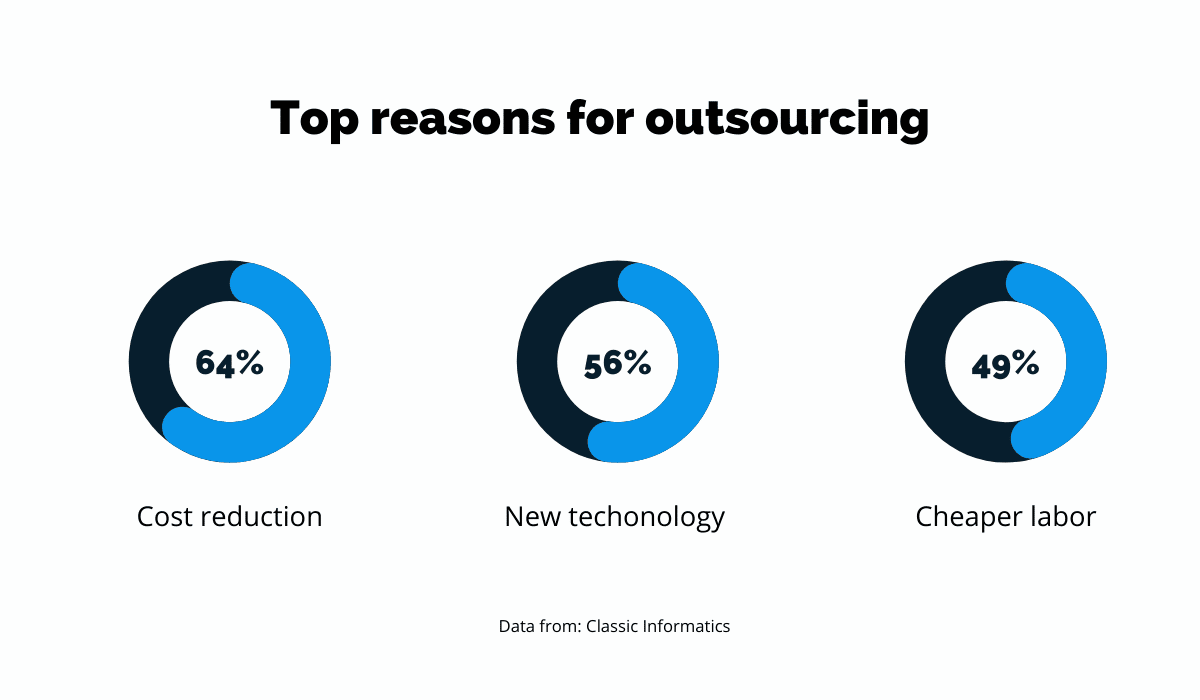When considering options for improving their financial situation, most business owners think of increasing revenue, but there’s actually another option–saving money.
Being frugal is beneficial for all business owners, especially those in charge of small companies.
Their budgets are stretched thin, costs add up, and it’s crucial to save every dollar possible.
That’s why we’ve rounded up seven money-saving tips to help small business owners use their resources as efficiently as possible.
Read on to find out what they are.
- 1. Use Cloud-Based Software
- 2. Negotiate Prices With Vendors
- 3. Cut on Non-vital Employee Expenses
- 4. Embrace Remote Work
- 5. Opt for Low-Cost Marketing Options
- 6. Review Your Operating Expenses
- 7. Outsource Non-essential Functions
- Conclusion
1. Use Cloud-Based Software
Moving your operations to the cloud is the best thing you can do for your budget and for future-proofing your business.
Cloud-based software requires less investment from the start, and continues to be more affordable throughout its lifecycle.
Sounds too good to be true?
It isn’t, and we’ll explain how.
First of all, you don’t need to purchase any special hardware or rent a separate server room to store it in.
Server rooms are notoriously expensive to set up, and vast amounts of energy are used to run and cool down the machines.
Moreover, you need trained IT staff to run and maintain them, which means that your upfront and running costs are high.
With cloud-based software, everything is stored elsewhere to access remotely.
There is no additional investment other than paying for your monthly license, and all other costs that may arise are the cloud provider’s concern.
You also don’t need to have an IT department on payroll, so you save on salary expenses.
Cloud-based software allows you to fully automate some processes, which is extremely useful if you have a small team.
That way, your staff doesn’t need to waste time doing something that a program can do quicker.
Furthermore, it often prevents human error mistakes, which is another thing that helps you save money.
For example, if some information or a calculation you made is incorrect, you will need to spend time on fixing the issue, and every such inefficiency costs your business more money.
There are cloud-based tools for everything nowadays. You can automate nearly all business processes with them—from client onboarding to employee offboarding.
With software like Regpack, you don’t have to worry about errors in onboarding clients or managing their payments.
It’s a hassle-free solution for handling registrations and payments from your own website.

Source: Regpack
Customization options enable Regpack to fit seamlessly into your website, giving your users a chance to do everything in one place.
There is no need to spend money on additional payment-providing services, which will make your clients feel more secure about paying for your service and, therefore, more likely to convert.
2. Negotiate Prices With Vendors
Negotiation is a crucial skill that can help small business owners save money.
Some people don’t like it because they see it as a win-lose situation–if you win, your vendors lose, but it doesn’t have to be that way.
As negotiating expert Chester Karrass said:

Source: Regpack
You don’t need to aim for the lowest price available; the key is to get the most out of a complex combination of factors such as time and money.
Conditions change, so something that was considered a good deal two years ago might not be optimal this year. This is why you should always try to renegotiate terms with your vendors.
After all, it’s in their interest to keep you as well.
When it comes to the subject of negotiation, the most common advice is not to negotiate on things that are crucial to your business because that’s where you stand to lose the most.
On the other hand, you also stand to gain a lot if you strike a good deal on something you use a lot of, so taking some chances might not be the worst idea here.
You know your business and your vendors best, so why not do a risk analysis to see if the benefits outweigh the cost?
One thing you can do is offer to promote your vendors. If you’re a service-based company, chances are you have a blog, so you can promote their services there.
All that it will cost you is a little bit of time, and you can get a discount or better delivery times.
If this subtle tactic doesn’t work and you feel like your vendors aren’t willing to negotiate prices, you can negotiate other things.
For instance, you can ask for a discount if you buy in bulk.
Even though the vendor did make a concession, it’s good for their cash flow that you purchase large quantities, so they might be more willing to compromise.
You can also suggest a long-term contract or offer to bring in more clients—get creative and try to find an arrangement that adds value for you and your vendors.
3. Cut on Non-vital Employee Expenses
When it comes to saving money, it’s always best to refrain from firing people and save money on some other employee-related expenses.
Moreover, if you consider that the turnover cost for a C-suite position is up to 213% of their salary, firing people makes no financial sense either.

Source: Regpack
However, what you can do is cut down non-vital employee expenses instead.
The first thing to do is look at your recurring costs.
These are the monthly costs, such as subscriptions, licenses, and tools.
People often lose track of these payments as they are automatic, so months can go by without someone using a tool, but paying for it anyway.
To prevent this, list all things your employees use that are paid monthly and eliminate those that haven’t been used in a while.
If that’s not enough, prioritize and keep the ones that directly impact your performance. You can easily add new ones when the situation improves.
Next, think about anything that your employees get on top of their salary, a nice-to-have addition such as traveling to conferences, which is covered by your annual travel budget.
This is an example of a non-essential thing to cut because it won’t affect your company’s performance, and there are often free alternatives, such as attending events online.
If there’s one silver lining to the global pandemic, it’s mastering the art of online participation and communication.
As a result, we are now better equipped for and better skilled at communicating online, so having meetings or attending events online should be no problem.
Cutting perks and benefits is another money-saving tip, but it will be met with less than enthusiasm.
It includes eliminating company-sponsored non-wage compensation that you have in place, such as cafeteria plans, gym memberships, pizza Fridays, or discounts at certain shops.
Yes, these perks were introduced to increase your employees’ satisfaction, but you are eliminating them to avoid layoffs.
Ultimately, your employees want to keep their jobs, so they will understand that some sacrifices are necessary for them to do so.
4. Embrace Remote Work
Another thing that the pandemic forced people to master–for better or worse–is working from home.
And while some large companies rejected the idea, in late April 2022, Airbnb CEO Brian Chesky announced that Airbnb employees would be able to work from home permanently.

Source: Twitter

Source: Twitter
This marked a shift in how businesses view remote work, causing many that were hesitant at first to reconsider it.
Embracing remote work can save your company a lot of money–$2,000 per employee, to be exact, as confirmed by Stanford’s 2-year study Why Working From Home Will Stick.
The biggest money savers here are office-related expenses.
In New York, for instance, the cost of commercial office space is $14,800 per year per employee.
Of course, smaller towns will have lower prices, but even a fraction of this amount would lead to significant savings, especially for a small company.
It doesn’t stop there–utilities and cleaning services also need to be factored in, as well as parking spaces.
With energy prices soaring, the cost of utilities will become even higher, so having your employees work from home, where they already pay for their utilities, is an excellent opportunity to save.
There is also an unexpected cost-saving opportunity in remote work that has to do with employees’ happiness.
Seeing that the office can be a loud and distracting environment (especially if you have noisy colleagues who visit you often), it comes as no surprise that 82% of workers experience less stress while working from home.

Source: Regpack
Instead of a loud office, they can create a comfortable space that suits their individual needs at home, set the temperature they like, or let in as much light as they want.
Instead of getting stuck in traffic in the morning with honks blaring and being edgy the rest of the day, they can start their workday relaxed in a familiar setting.
The fact that employees are happy means that they are less likely to leave your company.
If you consider employees’ happiness jointly with the high turnover cost mentioned in the previous section, you can see that enabling a stress-free environment for your employees will ultimately save you money.
5. Opt for Low-Cost Marketing Options
If you want to save money on marketing, a good idea is to focus on social media.
Everyone and their mom is on social networks, so a well-thought-out organic social media strategy can do wonders for your business and help you reach customers globally for free.
Even better, salespeople who use social media perform better than their peers who don’t.

Source: Regpack
If your team comprises young people, there’s a good chance that a social media wizard is hiding among them.
Check if anyone is familiar with social media marketing and get that person to post. If not, there are plenty of free courses available to learn the basics and start promoting your business.
The critical thing to remember is to be consistent and not give up if you don’t see results immediately. Posting consistently increases the chances of your posts reaching more people, and even though it takes time, you can make the process easier by using a posting schedule, for example.
Another free marketing option you can use is cross-promotion. It’s an excellent way for small businesses in a community to help out one another by promoting each other’s services.
Reach out to a company that’s not your direct competitor but whose audience would be interested in what you have to offer.
Let’s say you run a campsite. It would make sense to reach out to a transportation company and see if you can reach a deal for you to promote them as the best option to reach your camp and for them to promote you as a destination for their services.
Joining forces with a reliable partner leads to increased brand recognition for both companies, so it’s a convenient and (mostly) free way to reach a greater audience.
6. Review Your Operating Expenses
The day-to-day running of your business incurs many costs that become so common that you stop noticing them, and streamlining them can significantly impact your budget.
This is especially true if you take time to sift through them and cut down a little on each instead of just picking one that seems big enough to make a difference on its own.
If working from home is not an option for your business, the biggest change you can introduce is increasing your energy efficiency.
Let’s start with the basics: turning off equipment outside working hours.
Are you sure that all your employees turn off their computers when they leave? Screens too? Do they leave chargers plugged in?
Some devices are always on, such as routers, modems, refrigerators, etc.
A New York Times survey found that many devices use the same amount of energy when off.
These so-called energy vampires cause the USA to spend $19 billion a year on unused energy, a study by the NRDC has found.

Source: Regpack
To avoid turning off every item separately, we recommend plugging your appliances into a power strip and then turning it off when you leave.
It’s an uncomplicated but effective way to reduce energy bills, and the only thing you need to do is buy an inexpensive power strip.
When it comes to equipment, businesses typically print many documents, so they have one or several printers.
If your printers are old and spend a lot of energy and ink, consider replacing them with a newer model that will be more efficient.
There’s a window of opportunity to save there as well if you look for a discount or buy a used one.
Going paperless is an even better option. Instead of printing, consider emailing materials to everyone that needs to see them.
For instance, flyers can be viewed in PDF, your meeting agenda can be displayed on a screen for everyone to see, and even legal documents can now be digitally signed, so why not take advantage of the digital world we live in?
It makes financial and environmental sense to do so.
7. Outsource Non-essential Functions
Finally, our last method for saving money is outsourcing. In fact, it is so widely used for this purpose that Classic Informatics found “cost reduction” to be the main reason for outsourcing.

Source: Regpack
However, outsourcing works well for some functions and less so for others, so let’s consider your options.
Generally, it’s a good idea to outsource functions for which your company lacks expertise and that don’t require a person to be in the office to stay on top of things.
Great examples of this are accountants and bookkeepers. They are vital for the functioning of your business, but they don’t need to be physically present to do their job.
You can hire an external accounting service and simply forward all the information and documents they need.
Similarly, things like marketing services or graphic design can be outsourced because you can easily communicate everything you need to a marketing team or a graphic designer online and let them do their job.
Their jobs wouldn’t be performed differently if they were on-premises, so there’s no need to rent office spaces just for them.
Now onto the things you should not outsource.
Anything related to your core business is an obvious one. These are functions that you need constantly, so it makes sense for people doing them to be in-house.
A slightly less obvious choice is customer service. When your customers encounter a problem with your service, they want to be confident that your company is familiar with the specifics.
If you outsource, that won’t be the case because a person outside the company can only offer general advice that they know about in theory.
A good customer service experience is crucial for employee retention and loyalty, and as we’ve mentioned, it costs more to find new clients than to retain your existing ones.
That’s why you should have a professional, in-house customer service that’s ready to listen to and knows how to answer your clients’ problems.
Conclusion
This article highlighted some simple ways for small business owners to save money.
They can start by utilizing the full benefits of the digital world: switching to cloud-based software, embracing remote work or outsourcing, and using social media for free marketing.
Some other options include reviewing operating and employee expenses and vendor prices, as well as cutting out the non-essential ones or negotiating better deals.
Be diligent about implementing them, and you’ll be able to reduce your costs in no time.


















